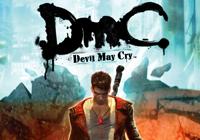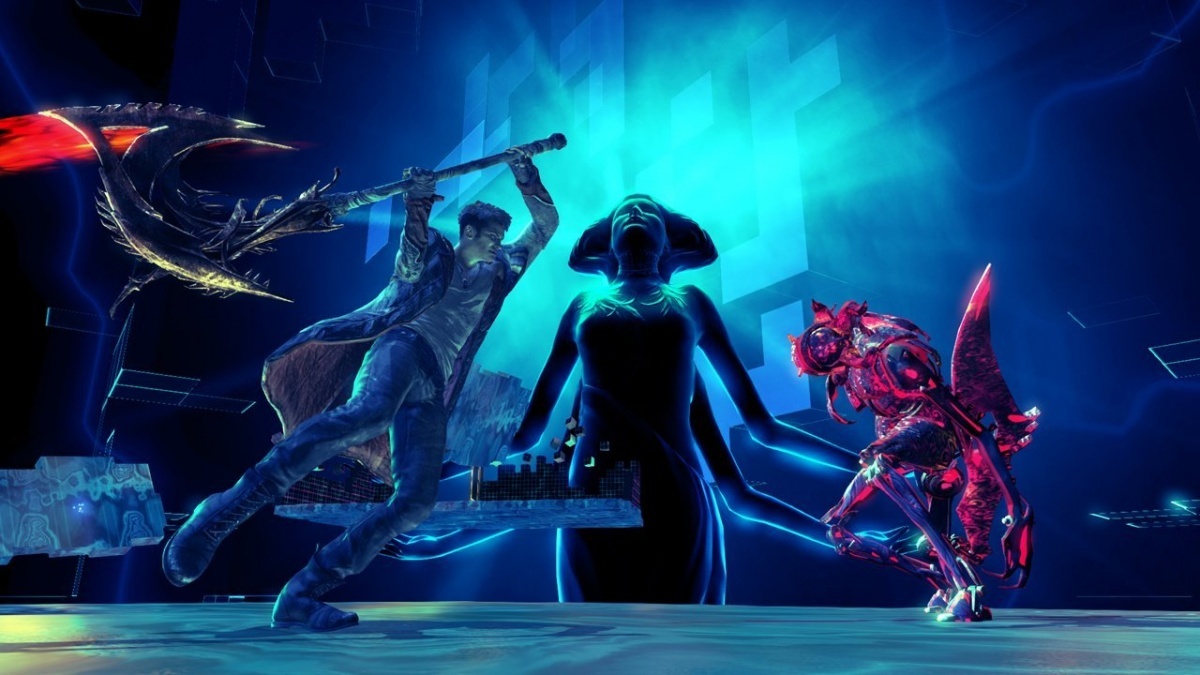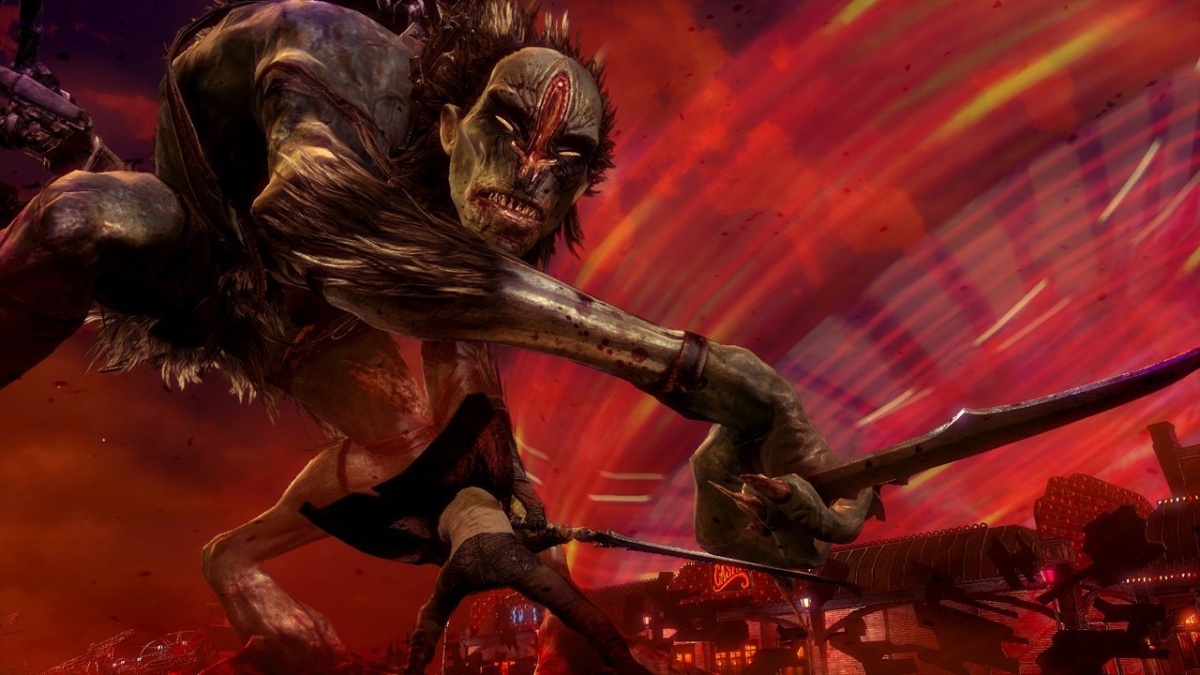DmC: Devil May Cry (PlayStation 3) Second Opinion Review
By Renan Fontes  30.12.2016
30.12.2016

Capcom took a big risk making Nero the main character in Devil May Cry 4, but it paid off quite well, all things considered. Despite being blatantly unfinished, DMC4 managed to pack the best combat the series had ever seen, making Capcom's decision to reboot the franchise all the more confusing. Nero had set the precedent for risks, but resetting the franchise and handing development over to Ninja Theory sat poorly with fans. Almost four years after its initial release, is DmC: Devil May Cry a worthy reboot, or was it just what fans had feared all along?
There's a lot less grace to DmC: Devil May Cry's opening than the other openings in the series. The original started with a title scroll explaining the lore and background of the series before swiftly introducing the cool, snarky Dante. Its sequel reiterated his relationship with his father Sparda and established a more solemn, serious Dante; and DMC3 and DMC4 went more grandiose routes with establishing Dante and Nero, throwing them right in the action and showing off their new moves.
DmC, on the other hand, is a bit too on the nose, as a naked Dante listens to the news give off a solid minute of exposition before he's forced to fight off hordes of demons in the buff, with only the occasional visual gag keeping him decent. In a way, it's a fitting introduction.

The scenery destruction that occurs during the opening segment is actually quite beautiful, as buildings are totalled and the colour palette becomes completely distorted. Aesthetically, Ninja Theory's reboot is fantastic, using colours and settings the series rarely takes advantage of.
Scenery distortion is also cleverly used for some solid platforming sections. It's not very fitting for a hack n' slash, but the platforming is one of the better aspects of the reboot, since it effectively eats up the time spent on puzzles in DMC4 without bringing the gameplay to as much of a stop.
Dante is more in line with Nero's characterisation than any of his portrayals from the original series, but unlike Nero, he's severely lacking in likable. Nero worked because he had charm to offset his arrogance, and his arrogance was often put in place; DmC Dante instead comes off like an entitled brat who never quite grows up.

There's a genuine attempt to develop Dante throughout the story, as his time spent with his brother Vergil challenges his perception of the world and his ideal, but it never quite gets the attention it needs. Story should come second in an action heavy hack n' slash, but every Devil May Cry prior has managed to fit an actual character arc into its plot.
In terms of combat variety, DmC moves away from the style switching of the previous two games in favour of Demonic and Angelic weapons. At first glance, these seem like fancy names to keep the weapons Dante gains throughout the course of the story themed, but around halfway through, Ninja Theory reveals their true purpose: certain enemies can only be hurt by certain weapons.
This is not a bad concept in theory, as it creates combat scenarios based around fast, reflex-based weapon switching. Theoretically, Dante could need to switch his weapons back and forth during battle to hit the right enemies, but the level and enemy design are constantly fighting against smooth, flowing combat.

Enemies that can only be hurt by either a Demonic or Angelic weapon tend to have too much health and do too little to offer any sort of challenge. Switching weapons goes from being an exhilarating way of keeping battles fresh to a minor nuisance.
DmC: Devil May Cry's greatest flaw, however, is that it's pitifully easy. On its hardest available difficulty when starting the game for the first time, it's no harder than Devil May Cry 3 on normal—possibly even easier. As a result, boss fights simply aren't as much a threat, and regular enemies are no problem at all, which is a terrible shame, since Ninja Theory has some pretty terrific designs for its antagonists.
Capcom allowing Ninja Theory to work on and reboot the IP feels like a huge mistake on their part. There was nothing to be gained by abandoning the old cast and story, and the reboot doesn't really do anything interesting on its own beside poorly rehash the plots of DMC1 and DMC3. DmC: Devil May Cry is a sloppy, sad mess that can't quite figure out what made Devil May Cry such an appealing series in the first place.

Cubed3 Rating
Average
As an original IP, DmC may have stood out as a playable, if a bit broken, hack n' slash, but as a Devil May Cry title, it's a complete disappointment in every regard. The platforming sections are quite nice and the scenery is excellent, but the actual combat is severely lacking in variety, speed, weight, and impact. Battles no longer flow naturally, as Dante has to too often stop mid-fight to focus on enemies that can only be harmed with specific weaponry. It isn't as bad as Devil May Cry 2, but DmC: Devil May Cry feels like little more than an utterly pointless reimagining of a series that was perfectly fine as is.
Comments
Comments are currently disabled

 Sign In
Sign In Game Details
Game Details
 Out now
Out now  Out now
Out now  Out now
Out now  Out now
Out now  Subscribe to this topic
Subscribe to this topic Features
Features





 Top
Top

